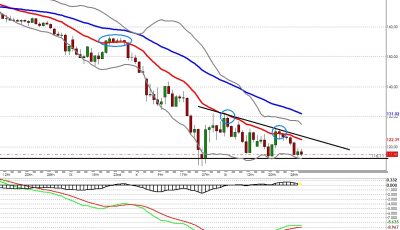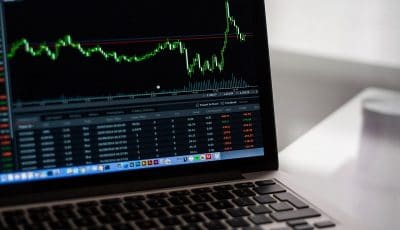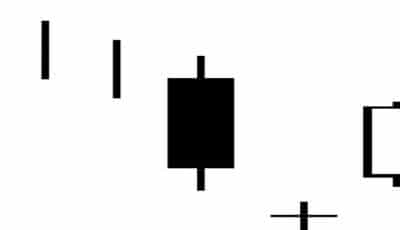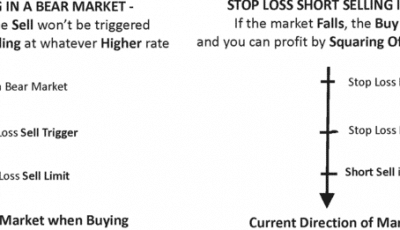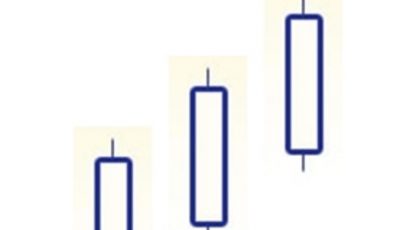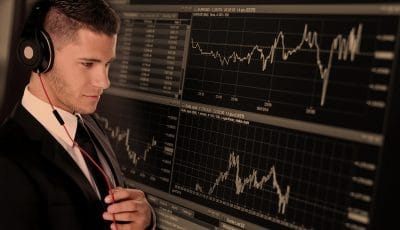
How to do Stock Trend Analysis
I remember pretty well what it was like trying to get started using Stock Trend Analysis. The learning curve was excruciating at times. It seems no matter what I learned, I didn’t understand quite enough to put it into practice. Over time with some serious tenacity I became proficient enough to begin making some real money in the stock market.
My own major hurdle to gaining skill was there are so many well meaning people winning to send advice and so many resources online for technical descriptions of various indicators, but nothing I found seemed to help me understand how all these indicator definitions and macroeconomic data fit together to form a solid understanding of technical trading. I think I can save you some time and tons of frustration with this handy little getting started guide.
An overview of Technical Analysis
I figure if you’re interested in technical analysis enough to read this far, you are already familiar with how the stock market works and how to buy and sell stocks. I hope so because it’s an obvious prerequisite. Keep in mind this is an informal overview of the learning path many traders, myself included have taken to understand Technical Analysis.
Technical Analysis – Fundamental Topics
What is Technical Analysis?
For the unaware, there are two major kinds of Stock Analysis. Technical and Fundamental Analysis.
Although the two are not mutually exclusive, traders tend to favor one over the other. Fundamental Analysis looks at a company’s assets, debt, earnings and cash flow. It gives the analyst a clear picture of a company’s health. When an analysis of one company is compared to it’s peers (group of companies in the same business) it gives clues about potential weaknesses and strengths of the company. It’s also useful in evaluating a company’s long term prospects for growth.
Technical Analysis looks to take advantage of the collective knowledge of open market participants (other traders) who are by-and-large Fundamental Analysts. Technical Analysis is at it’s heart a study of supply and demand. So, lets explore just how Technical Analysts use the market as their guide to trading markets.
A Simple Technical Analysis Example: Price Speaks Volumes – a Volume Price relationship – First, know that Price and Volume are both technical indicators. Price being of course the chief indicator over any other. Each time a stock price moves up it indicates a vote of optimism by all participants. Sellers held out for a higher price than the prevailing rate and buyers stepped in and bought at that price anyway. Sellers holding out for more while buyers step in to pay the difference between the market and asking price is shows market optimism.
Volume is the number of shares traded over time. Technical traders look at price and volume together to gague how optimistic or pessimistic buyers and sellers are and are becoming. An increase in volume across time frames indicates increasing participation and therefore increasing conviction that prices will continue to move in the current direction. Whereas, when volume begins to wane it is an indicator that market participants are losing their conviction that prices will continue in their current direction.
Technical Analysis Indicators
Aside from the simple indicators of price and volume, there are myriad indicators and more are created every day. An indicator can often be something as simple as a moving average or far more complex involving lengthy formulae. As you’ve seen already, indicators are an important part of understanding and predicting market action. All technical analysis indicators fit into two distinct categories.
Accumulation/Distribution Line – Joins price and volume to indicate how money may be flowing into or out of a security.
Aroon – indicates whether a security is trending or oscillating.
Average Directional Index (ADX) – indicates whether a security is trending or oscillating.
Average True Range (ATR) – Measures a security’s volatility.
Bollinger Band Width – indicates the distance between a security’s Bollinger Bands.
Commodity Channel Index (CCI) – indicates a security’s variation from its ‘typical’ price.
Chaikin Money Flow (CMF) – Joins price and volume to indicate how money may be flowing into or out of a security. Alternative to Accumulation/Distribution Line.
Chaikin Oscillator – Joins price and volume to indicate how money may be flowing into or out of a security. Based on Accumulation/Distribution Line.
Force Index – A simple price-and-volume oscillator.
Moving Average Convergence/Divergence (MACD) – Difference of two EMAs that indicates a security’s momentum and direction.
Money Flow Index (MFI) – Joins a security’s ‘typical’ price with its volume to indicate how money may be flowing into or out of the security.
On Balance Volume (OBV) – Joins price and volume in a very simple way to indicate how money may be flowing into or out of a security.
Percentage Price Oscillator (PPO) – A percentage-based version of the MACD indicator.
Percentage Volume Oscillator (PVO) – The PPO indicator applied to volume instead of price.
Price Relative – Technical indicator that compares the performance of two securitys to each other by dividing their price data.
Rabbitt Q-Rank – Paul Rabbit’s proprietary indicator that rates a security based on technical and fundamental factors.
Rate of Change (ROC) and Momentum – indicates the speed at which a security’s price is changing.
Relative Strength Index (RSI) – indicates how strongly a security is moving in its current direction.
Standard Deviation (Volatility) – A statistical measure of a security’s volatility.
Stochastic Oscillator (Fast, Slow, and Full) – indicates how a security’s price is doing relative to past movements. Fast, Slow and Full Stochastics are explained.
StochRSI – Joins Stochastics with the RSI indicator. Helps you see RSI changes more clearly.
TRIX – A triple-smoothed moving average of price movements.
Ultimate Oscillator – Joins long-term, mid-term and short-term moving averages into one number.
Williams %R – Uses Stochastics to determine overbought and oversold levels.
Leading indicators – Use in sideways markets
Lagging Indicators / Trend Following Indicators – Use in trending markets (moving up / moving down)
Technical Analysis Understanding Timeframes
In Technical Analysis – Indicators are meaningless without understanding them in the context of time. Indicators – leading and lagging all use time and price as the very basis of any formula. It may help to think of time frames as magnification. If you look at a one year weekly chart and zoom into a one year daily chart, you are immediately aware that you can see price action in greater detail. Likewise moving from a one year daily chart to a three month daily chart affords even greater detail of the price action.
More about time frames in technical analysis
What kind of trader are you? Do you buy into a trade and then watch impatiently at every tick in the stock price? Or are you more of a “set it and forget it” kind of trader who checks in on the price every few days or weeks? Maybe your style is somewhere between? Why is this important and what does it have to do with timeframes? read on…
The Day Trader
Day Traders quickly buy and sell stocks multiple times a day to try to lock in quick profits. The Day Trader analyzes chart patterns and indicators which may span only a few hours or even a few minutes. Day trading is a risky business where great sums are gained or lost in mere seconds.
The Active Trader
Although there is no official definition as with the Day Trader, the Active Trader looks for trends that span from a few months to as little as a few days. A typical trade for an Active Trader trader can be very short, perhaps a day or may last for many months as long as the current trend is intact.
The Swing Trader
Although the strategy used by the swing trader is very similar to that of the Active Trader, the main difference as shown in the chart below is that the swing trader looks to maximize profits by taking advantage of the normal downturns in an overall upwardly trending stock. The Swing Trader cycles in and out of the trade repeatedly until the overall trend weakens before making a final exit. Swing traders must watch the price action more often than the active trader since the swing trade requires frequent attention.
